Written by: Lily Haines, Research Associate, Perry Institute for Marine Science & Cape Eleuthera Institute

A few weeks ago, one of our coral research interns, Hannah Lochan, woke up to discover an exciting surprise. While checking on our brooding coral colonies in the Cape Eleuthera Institute’s (CEI) wetlab just before sunrise, she noticed two tiny swimming ovals in the water. Upon further inspection under the microscope, we soon realized these caterpillar-like plankton were, in fact, baby finger corals (Porites porites)! The swimming larvae – as well as the reproductive success of our ex-situ finger corals – represents the beginning of our land-based coral farm here on Eleuthera. Even better? It’s the first of its kind in the Bahamas.
“They’re amazing – I love watching them swim around,” said Hannah. “I already feel like I’m learning so much at this internship, but the baby brooders are definitely the cherry on top.”
WHAT IS A BROODING CORAL?
So what is a brooding coral exactly?
Brooders, like finger coral, undergo internal fertilization and release one or two swimming larvae regularly throughout the year. By contrast, broadcast spawners, like the well-known staghorn coral, undergo external fertilization, releasing millions of sperm and eggs into the ocean just once per year. What’s more, brooding coral larvae already contain zooxanthellae – their colourful algae symbionts – and are ready to settle onto rocky substrates soon after they’re born. As long as our land-based finger coral colonies are healthy, we can expect many more babies to come!
“This is big news for our coral innovation hub project, this means that wetlab conditions are good and even better, our corals are happy corals!,” said Valeria Pizarro, CEI/PIMS coral researcher. “One way for telling your corals are doing good is look for expanded polyps. This means each polyps has its tentacles out ready to catch some food.”
Now that our brooding coral tank is up and running, our next step is to raise the mounding and platey rough cactus coral (Mycetophyllia ferox). While finger coral colonies are abundant around Cape Eleuthera – particularly on patch reefs – rough cactus corals are so rare they’re listed as threatened under the U.S. Endangered Species Act. Successfully reproducing rough cactus coral colonies in the wetlab will no doubt enhance our ability to protect and conserve this species in the Bahamas, and for future generations.
To read more on The Bahamas Coral Innovation Hub, check out our previous blog post here.

